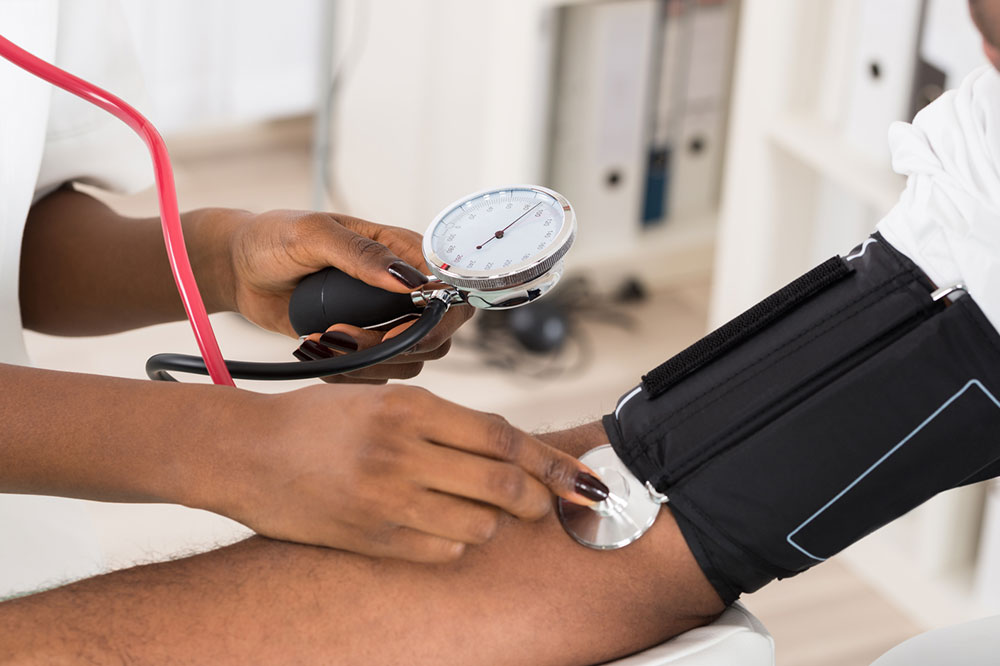
Symptoms for Pulmonary Arterial Hypertension
Pulmonary arterial hypertension or PAH is a form of high blood pressure that occurs in the arteries that pump the blood to the different parts of the lungs. In PAH, the blood vessels in the lungs become constricted, slowing the blood flow through the lungs. As the condition progresses, it leads to a variety of signs and symptoms. Here, we have listed the most common symptoms of pulmonary arterial hypertension.
- Symptoms of pulmonary arterial hypertension
It may take months or sometimes years to identify the symptoms of PAH. This is because the narrowing or constrictions in the arteries don’t happen instantaneously. And until these constrictions become severe enough, most people generally do not experience any symptoms. - Shortness of breath
This is one of the most common symptoms of pulmonary arterial hypertension. The blood vessels and arteries that are responsible for the flow of blood into and through the lungs are the ones that facilitate breathing. These arteries help in the inhale and exhale routine that quickly brings in oxygen and expel carbon dioxide. But with PAH, this routine can become difficult to maintain, leading to shortness of breath. A person can experience this symptom after completing simple tasks, such as walking, climbing, etc. - Fatigue and dizziness
Because of the blocking of the arteries in the lungs, the brain and the body cannot get a sufficient amount of oxygen. This oxygen is very important to perform all the activities. Without it, one simply cannot carry on with their daily routine without feeling tired and drained. One’s legs will feel heavy after a little walking. In general, one will feel tired and exhausted most of the time. - Swelling in the limbs
This is another one of the common symptoms of pulmonary arterial hypertension. The condition can often result in swelling in the ankles, feet, and legs. This occurs because the function of the kidneys is somewhat hampered. As a result, it is unable to flush out waste properly from the body, leading to fluid retention. - Chest pain and irregular heartbeat
Too much pressure on the heart makes the muscles of the heart work harder. Because of this, these muscles become weaker over time. And a weak heart cannot function properly, causing symptoms like racing pulse, irregular heartbeat, and even palpitations. Increased heart blood pressure also causes pain and pressure in the chest. - Blue lips
The heart pumps oxygen-rich red blood cells (RBCs) to all parts of the body for conducting all the functions and activities. But due to PAH, the amount of oxygen in these RBCs decreases. As a result, the body parts cannot get sufficient oxygen that they need. This causes the skin and the lips to turn bluish. This condition is typically called cyanosis.
These are some of the most common symptoms of pulmonary arterial hypertension. It is important to seek immediate medical help once one notices any symptoms.


